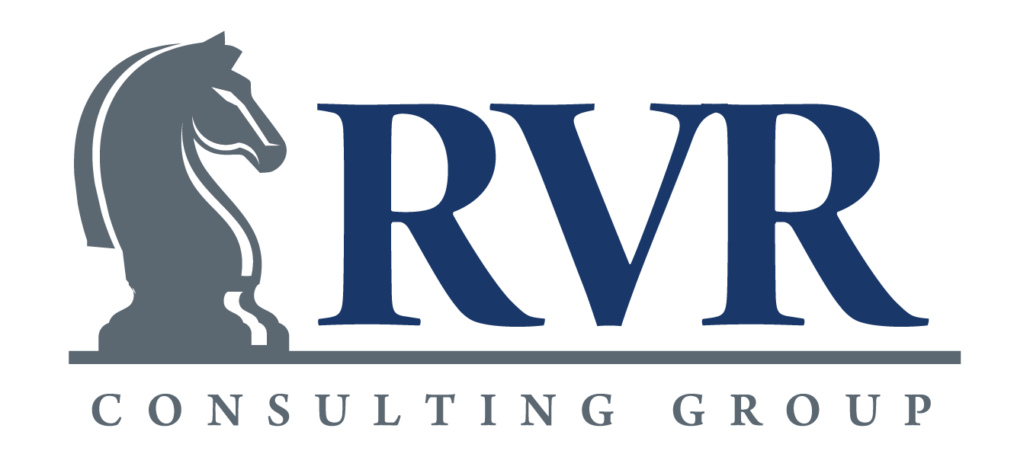How to “Stress Test” Your Business
This is the second post in a series focusing on ways to enhance and protect any business.
In 2008 the economy crashed, and with it the banking industry stood on the verge of collapse. Similarly, the onset of COVID-19 has left the economy in a perilous position. Businesses are being forced to close, and the unemployment rate is soaring. In response to the 2008 crisis, regulators and banking insiders fundamentally changed the way banks do business, implementing rigorous stress testing designed to anticipate changes in markets and develop more robust survival plans. Businesses are currently facing many of the same issues presented in 2008, and while they are hopefully better equipped to face the current economic crash, companies outside of banking are not required by law to perform stress testing. Regardless of size and industry, many of these same concepts apply to all businesses. Even if your business is not currently utilizing stress testing techniques, banks are analyzing your ability to withstand adverse conditions every time that you apply for a loan. Therefore, to really be prepared for the unexpected, it is imperative to develop a strong risk management plan.
Stress testing a business as part of a robust Enterprise Risk Management plan is an exercise that digs deep into “what-if” scenarios, helping management really understand the business at an unprecedented level. By developing risk models and truly understanding the impact of key creditors and clients, there is a much greater chance of successfully recession proofing any business. Because most smaller companies do not go to this level of planning, utilizing these best practices can be a major competitive advantage in the long run.
In order to start such a deep analysis of a company, the financial statements should be examined closely to observe trends, major changes in expenses, and new sources of revenue. For a B2B company, break out the P&L by client, and “rank” the top clients by Revenue and Gross Profit generated. This simple exercise may reveal that some of your clients are more important than you thought. If you have a client that brings in more than 30% of your company’s revenue or GP, that client needs to have a customized strategy built around it, including a contingency strategy in case of losing the client.
Next, build a model that easily shows different scenarios in cases where you lose key clients. Try out different combinations of scenarios and find the breakeven point. This can lead to insights into prioritizing client relationships and developing strategies around those accounts. Consider implementing more regular client service reviews and develop proactive strategies to anticipate client’s needs—then train salespeople on how to pinpoint them effectively.
Building a cash flow model and projecting liquidity under different scenarios is another useful exercise for the risk management plan and leads to a better understanding of the company’s liquidity position and potential shortfalls.
There are always scenarios in stress testing that require drawing on alternate sources of funding, which often must be prepared in advance. In banking, contingency funding plans were created to be prepared for these situations, primarily scenarios that instigated a “run on the bank.” This term is simply explained as an event that instigates depositors to withdraw their deposits en masse. This can create liquidity issues, requiring banks to draw on other funding sources.
For businesses outside of banking, creating a contingency funding plan can be a practical way for management to really understand the steps that need to be taken to keep the organization running under stress. Developing rainy day funds or opening new lines of credit are two options to be prepared, as creating a detailed strategy for worst case scenarios is extremely important. Create detailed step by step instructions for different scenarios that could interrupt normal business operations or cut into margins—think hurricanes in Florida or increasing import tariffs.
Within the contingency funding plan, there needs to be a well thought out communication plan, identifying key customers and other stakeholders as well as directing appropriate responsibilities throughout management. There also should be a designated spokesperson for the company as part of your business’ public relations plan. Overall, this plan should be a practical “user guide” for management to understand the policies and procedures that the company has enacted to mitigate damages in any of these circumstances.
The process of developing a risk management plan and stress testing your business is a time consuming and detailed process, but the resiliency that is built through the process and the deeper understanding of the business will pay big dividends over time. Being prepared for any situation also gives management peace of mind that cannot be quantified. The documentation and foresight will also be valuable in the process of exiting the business, as it will provide potential buyers with an understanding of the extent that the company’s management has gone to in order to create a strong business. While it will not guarantee continued success in a recession, it will increase your business’ chance of surviving considerably.
By Jacob Kerby, Senior Associate
RVR has helped numerous clients in the past with the stress testing process. Please contact us if you are interested in discussing further.



